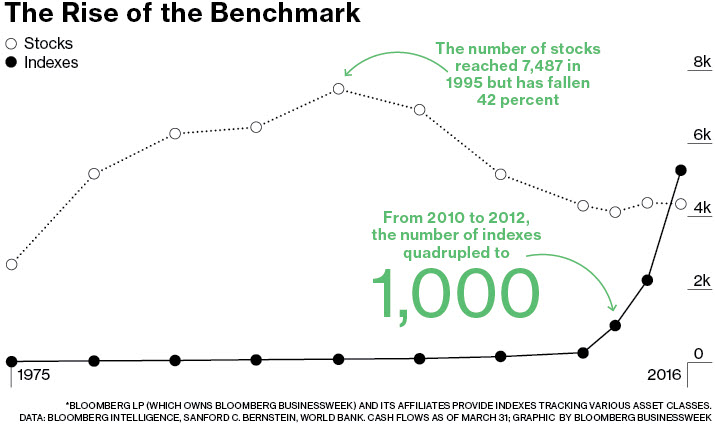So how far will the U.S. stock market fall as the fear of a coronavirus pandemic tightens its grip on daily trading activity? Since there is no way to know, there is little sense to making a prediction on that front. But that does not mean that we cannot set our expectations based on market history, even if there are no assurances that the actual result will be no worse than said expectations.
Without full blown recessions, market corrections are typically in the 10-20% range. Today I updated a graphic that I had last posted on this blog in early 2016, which summarizes recent corrections in the S&P 500 index. The data now goes back 10 years:
If the virus starts to slow in the coming days and weeks, the market might stabilize soon, whereas an acceleration will stoke more fear and likely result in moving towards that 20% threshold. A full blown global recession puts 20-40% declines on the table based on historical data.
Editor’s Note (3/6/20): To put these levels into perspective, the S&P 500 peaked on 2/19/20 at 3,393. Corresponding corrections are as follows: -10% (3,054), -15% (2,884), and -20% (2,715). The low point reached so far during the virus-induced market decline was 2,856 (-16%) on 2/28/20.
I have no idea how this virus will play out. If we look at SARS from the early 2000’s, the 10-20% range was adequate and assets rebounded quite quickly. The same is true of the zika, ebola, swine flu, and bird flu outbreaks. An important aspect of investing is using historical data to inform probability-based decisions. Without a crystal ball, all we can really do is try and stack the deck in our favor as much as we can with that data and prior experience.
All in all, my inclination is to buy quality companies on sale, expect that the market decline will mimic those of the last decade, and take a multi-year view on my investments as things get back to normal. While there are no guarantees that strategy will play out as I expect, making an alternative bet of some kind does not have a better chance of success based on market and economic history, which means I have little interest in exploring such paths.
When my clients reach out and ask if I am worried, my simple answer is “no.” Barring a permanent material change in how we live our lives, or how many people there are to fuel the global economy, the economic and financial output of the corporate sector is likely to snap back after a number of months, in which case the market will move on and look ahead to the future.







